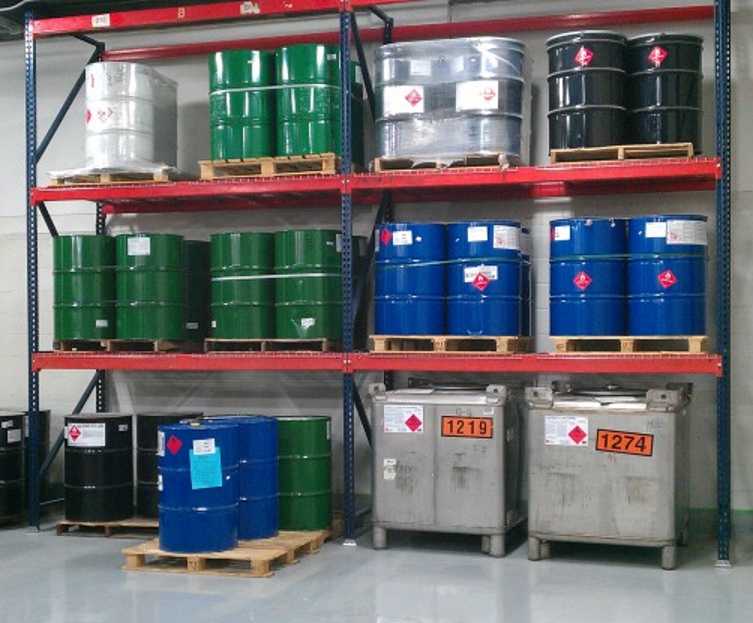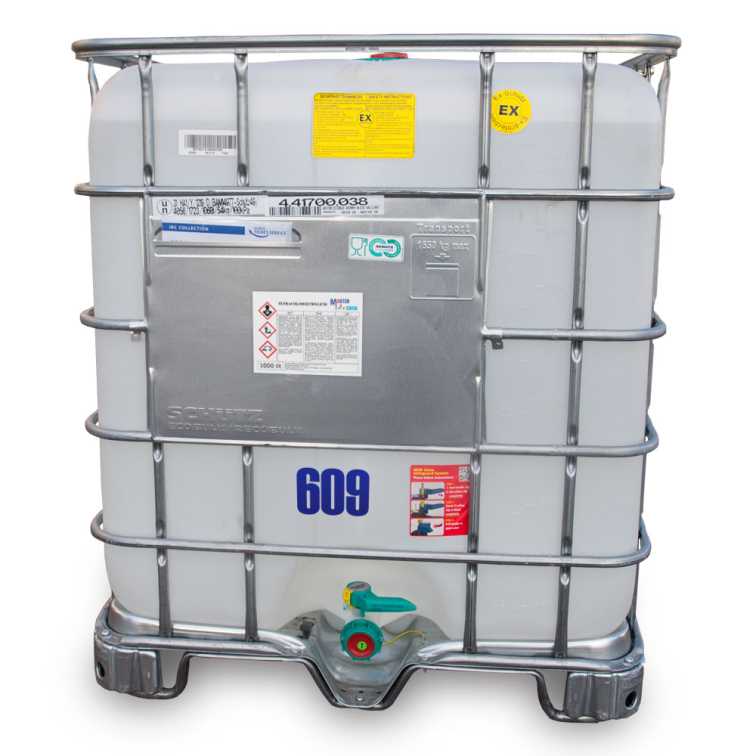
November 2022
The good news about DIY dry-cleaning:
Many garments labelled as “dry-clean only” can be cleaned at home.
Make your own DIY dry-cleaning solution;
Put one cup of warm water in a bowl and add ¼ cup of White Vinegar, one teaspoon of Borax booster laundry powder and one teaspoon of Oxygen Bleach together with an optional couple of drops of lavender oil or similar. Dip a clean white cloth into the home made dry-cleaning solution and put it into a clothes-dryer sack together with the garments to be cleaned and put it all into a clothes dryer for thirty minutes.
The bad news about commercial dry-cleaning:
The principal solvent used by a large part of the dry-cleaning industry is Perchloroethylene (PERC) C2Cl4 (also known as Tetrachloroethylene or Tetrachloroethene or Dry Cleaning Fluid). The dry-cleaning industry can be a dirty business and poses a risk of affecting people who operate dry-cleaning machines and leaking toxic chemicals into surrounding environments.

Scientists have long known that perchloroethylene is dangerous. In the 1970s, studies suggested that PERC, as it is more commonly known as, is a carcinogen. Mice which ingested the substance or inhaled its vapours were found to be likely to develop liver tumours and the American Cancer Society has reported on epidemiological studies in humans which demonstrated that workers regularly exposed to PERC have increased risk of lymphomas together with oesophagus, kidney, cervix and bladder cancers.

The American Environmental Protection Agency (EPA) classifies tetrachloroethylene as "reasonably anticipated to be a human carcinogen" and the chemical has been described as a neurotoxin. California has introduced legislation which bans the use of PERC and will come into full effect in 2023. The U.S. Occupational Safety and Human Safety agency (OSHA) links acute exposure to PERC to dizziness, blurred vision and loss of coordination. Something as seemingly innocuous as picking up a recently PERC cleaned garment which hasn't been properly dried can temporarily trigger these symptoms.
The use of PERC can also have a profoundly detrimental impact on the environment. A relatively small quantity may seep through the floor of a dry cleaning facility and be flushed past layers of ground substructure into groundwater systems.

Despite PERC’s well-documented adverse side-effects, the substance is still widely used in the dry-cleaning industry.
There is a more environmentally friendly "hydrocarbon" dry-cleaning system available and The Toxics Use Reduction Institute (TURI) at the University of Massachusetts Lowell has conducted research into alternative solvents which exhibited less persistence in the environment and less potential to accumulate in the human body or impact on the likes of aquatic life etc.
Given the weight of irrefutable scientific evidence as to the carcinogenic nature of PERC, it beggars belief that international regulatory authorities move so slowly in introducing regulations to limit and hopefully ban the use of this chemical for the purposes of dry-cleaning.